For any business success it is crucial to know who your customers are to be able to meet their needs, prevent frustrations and persuade to buy. If you have a physical store where you sell your goods it is quite easy, isn’t it? You go to your store and observe your customers, talk to them, ask them what they like about their experience with your brand? Why have they chosen you? Why are they hesitating whether to buy or not?
If you’re lucky, you can even find out about their background, name of their cat and what they prefer tea or coffee. This way you can easily get to know your customers, develop a loyalty towards your brand and adjust your business to meet their expectations.
However, eCommerce stores do not have a possibility to have a lovely chat with their customers every now and then. Only thing they have is multiple reports with data, that have no human face. The hardest question is how to create a real user out of all the data? This is where user personas come in.
User Personas Case Study:
Recently Scandiweb Digital Marketing Department was optimizing an eCommerce store that sells yoga mats. Before starting the optimization process we had to clearly understand who are we optimizing for? Who are businesses potential customers? To answer those questions we decided to conduct a user research to create user personas. Let me explain you how we did it step by step:
Phase 1 of Building User Personas: Conduct demographics data from Google Analytics
In order to get a general understanding of who websites users are we took a look into GA demographics reports to understand how users gender, age, country and other characteristics impact users behaviour.
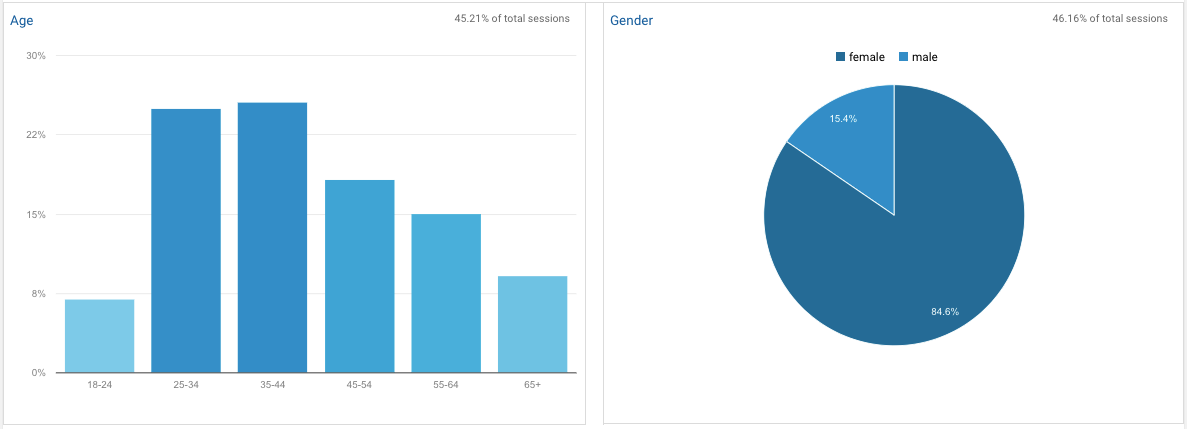
Demographics Overview report from Google Analytics
From that data we understood that average website user is a female age 25–44.
Phase 2 of Building User Personas: Conduct data about interests
To get a better understanding what website visitors are interested in we examined Interests: Affinity Categories report. From that report we saw that websites users usually show interest in Entertainment industries, Food & Cooking and Lifestyle & Wellness.
However that is not yet enough to identify a user persona. To do that, we examined interests of two most popular age groups: 25–34 and 34–45. From that data we saw, that women in the age group 34–45 are more interested in Wellness & Cooking content, younger audience shows more interest in Fashion & Entertainment industry. Based on that data we can divide female users into 2 categories: older women, who wish to stay fit, and younger ones, who wish to be trendy and accepted by the society.
Phase 3 of Building User Personas: Conduct data about traffic sources
Well, now we know average demographics of website users and potential customers. However that does not give as a valuable insight why are they interested in the product, what problem are they looking to solve with it? How each user differs from one another? What is their motivation to buy.
To find out why users came to the website, what were their expectations and how they differ, we examined traffic sources users came from.
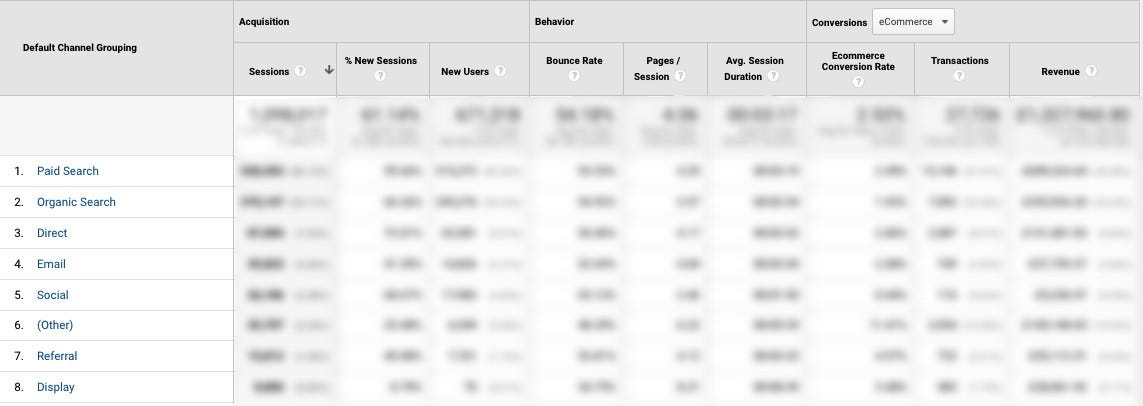
Channel Report from Google Analytics
We saw that most of users came via Paid and Organic Searches, hence we carefully analysed user queries in AdWords and Google Search Console to find out what problem users are trying to solve. We explored what Ads have higher rankings and CTRs. That made us understand that women who are motivated to buy the product can be divided into 3 groups:
- Women who are looking for mats for beginners, that would be thick enough and would prevent slipping.
- Women who are searching for travelling yoga mats, that would be easy to transport.
- Women who are looking for eco-friendly yoga mats.
We also took a deeper look into referrals and social media traffic, to add more characteristics to each of the group. Based on that we concluded, that older women, who are looking for beginner & eco friendly mats are coming from industry websites, whereas younger audience, that’s traveling more is coming from Instagram.
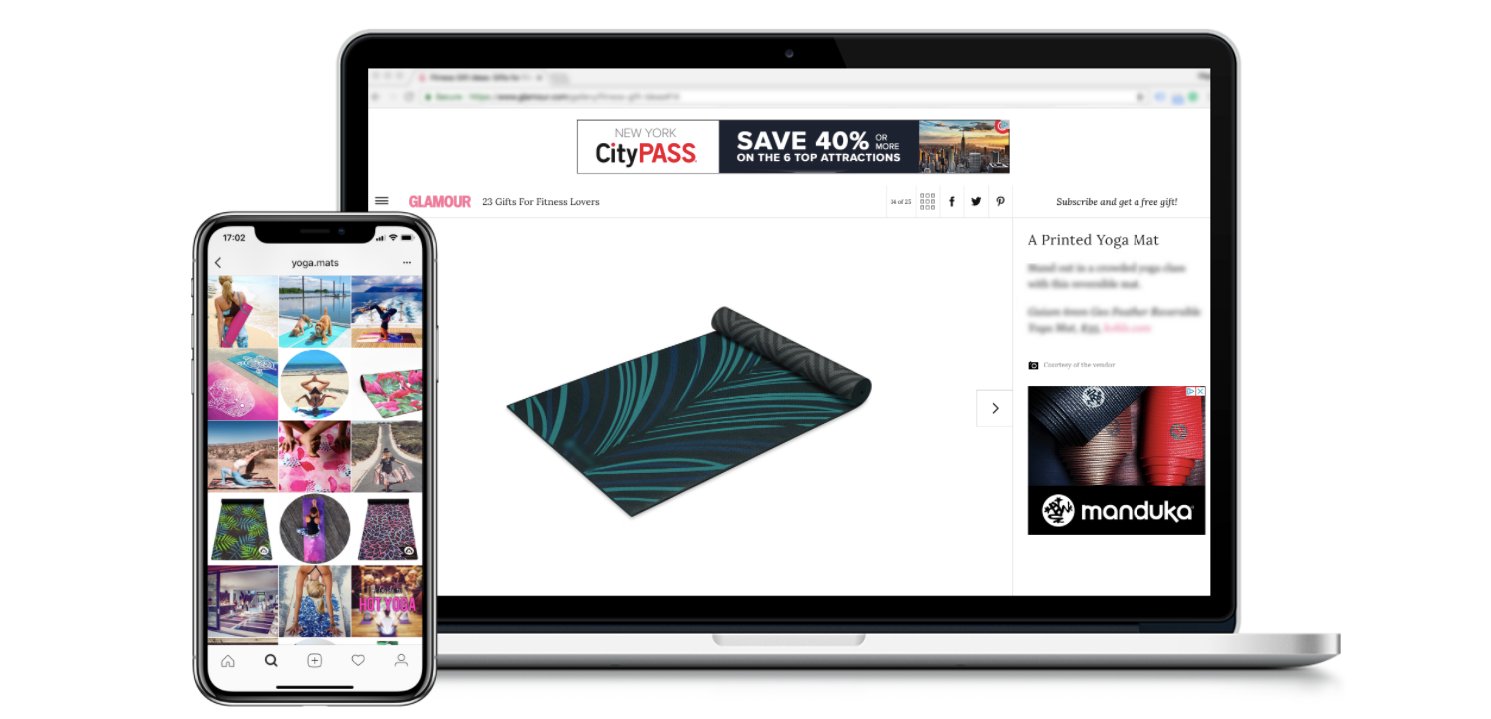
Examples of Social Media Presence & Referrals
Phase 4 of Building User Personas: Customer Service / Live Chat data analysis
Next step was to identify frustrations that hold users back from buying. To do that we asked client to provide us with Customer Service recordings, Live Chat data, messages from Facebook and Instagram.
This way we were able to analyse what are the most frequently asked questions and hesitations users have. Many ‘traveling’ women were interested in mats size & weight, women, who are just starting to practice yoga were concerned about how to take care of the mat, e.g. how to clean the mat after yoga session on the beach from the sand without damaging the material.
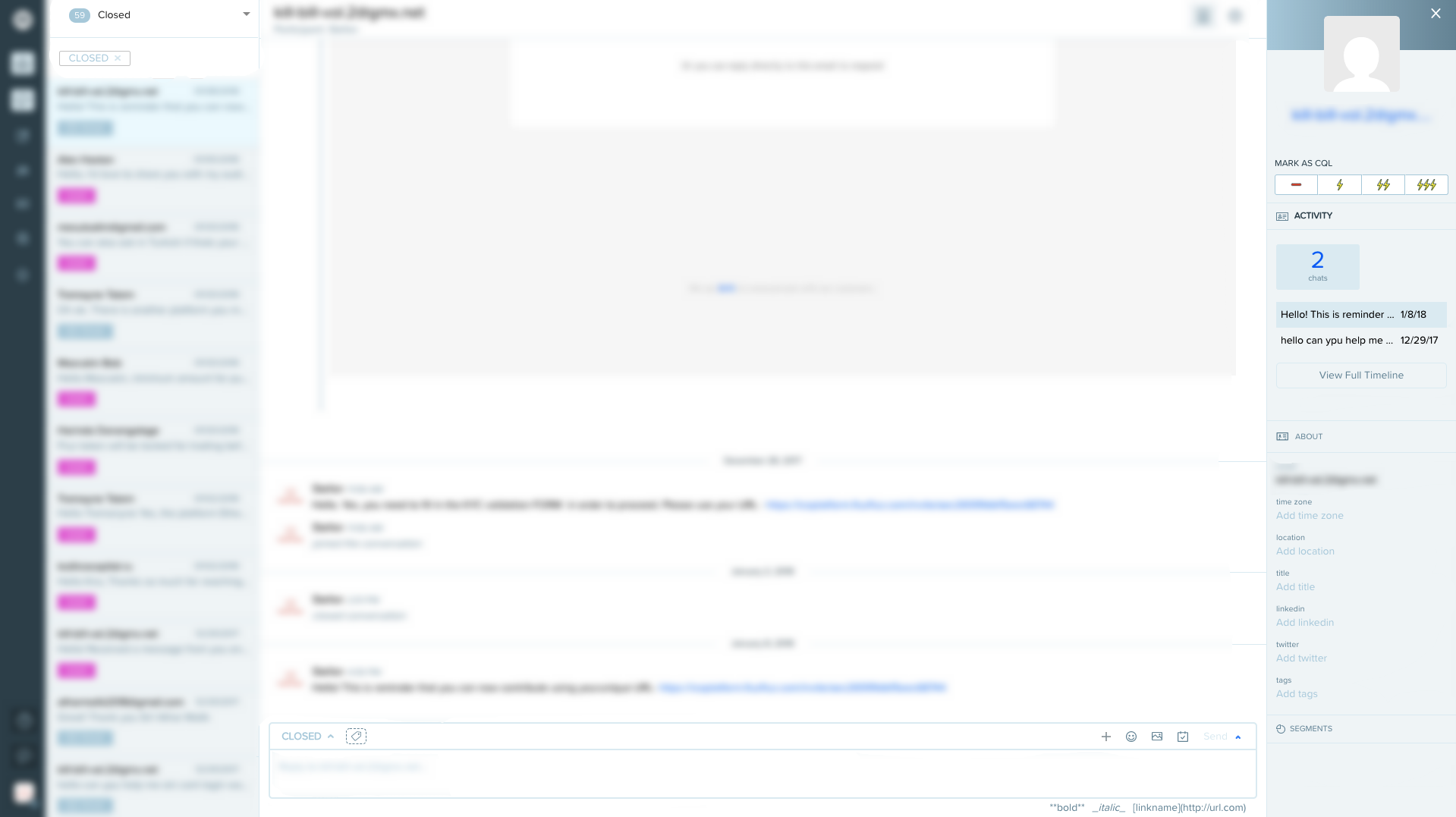
Screenshot of Drift Live Chat Analysis
Phase 5 of Building User Personas: Put together the User Persona
After all necessary data and information was collected we analysed, summarised it and created several user personas. Here is one of them. Please meet Nicole.
Nicole is a sales manager in a big cosmetic company. She is constantly travelling to potential clients or exhibitions to widen companys’ markets. She lives out of her hand luggage. With such dynamic lifestyle she finds it crucial to practice yoga everyday to stay fit and calm. Hence her main priorities when choosing a yoga mat is its’ size, weight and long-lasting materials, to make sure the mat will survive all the travelling.
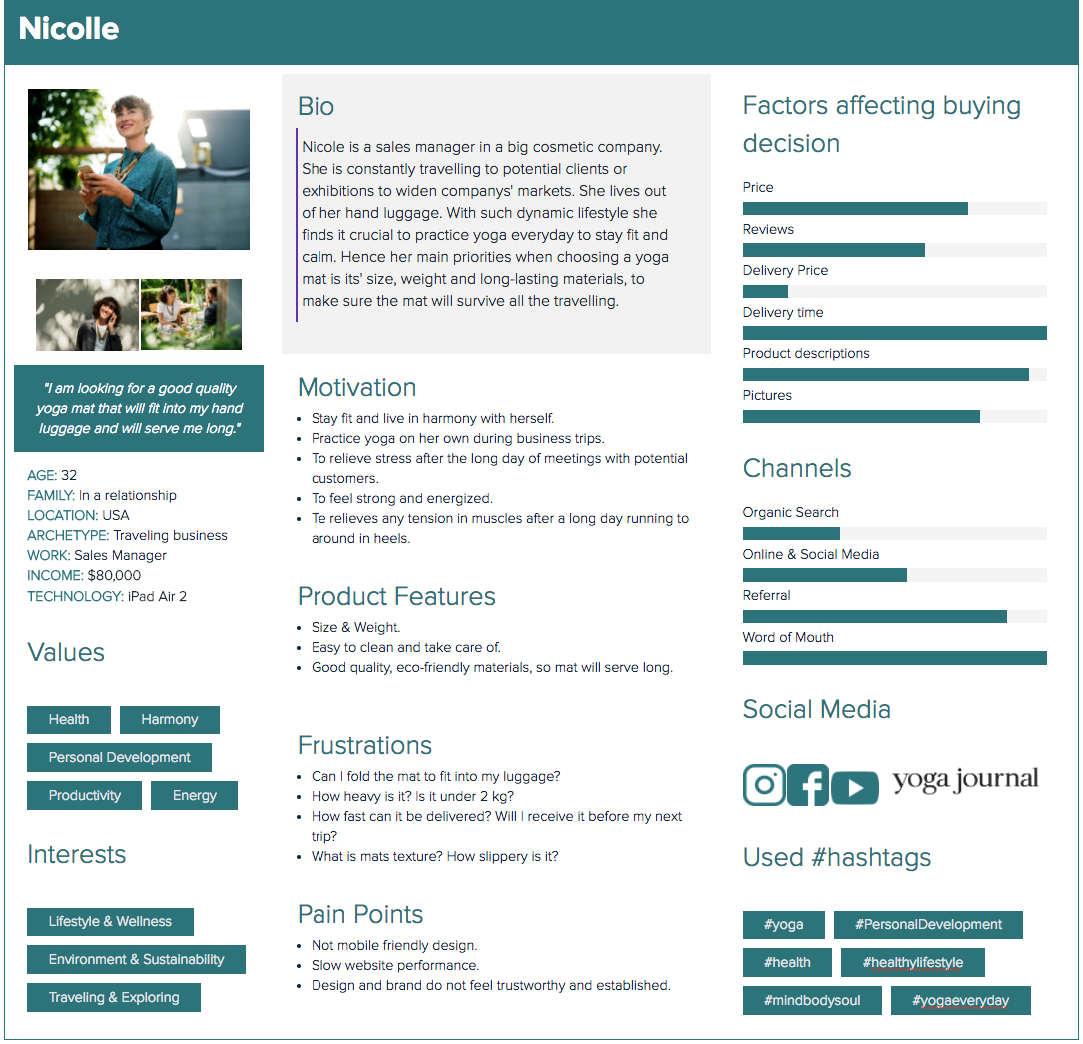
Example of User Persona Conducted by Scandiweb CRO & Digital Analytics Department
Would like to find out who your customers are, how they act on your website, what they think and feel while shopping? Drop us a line at [email protected] or find out more about our data and research services here!



Share on: